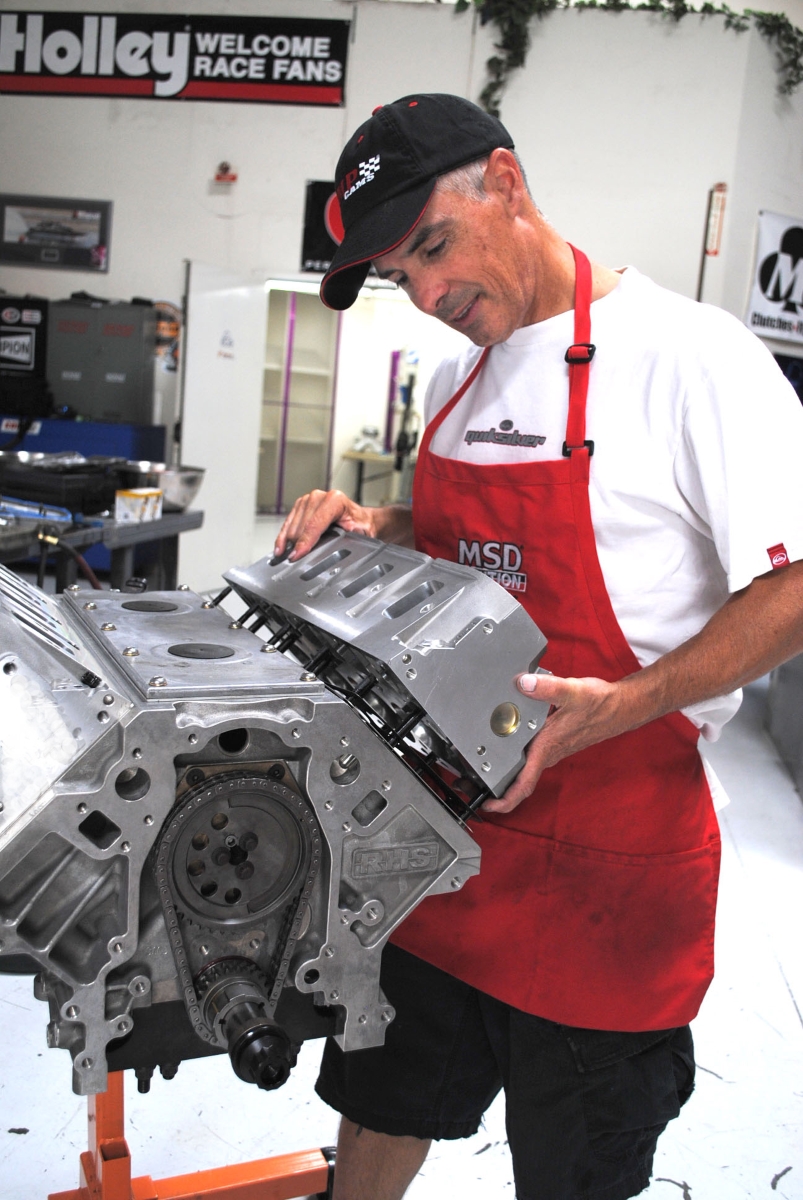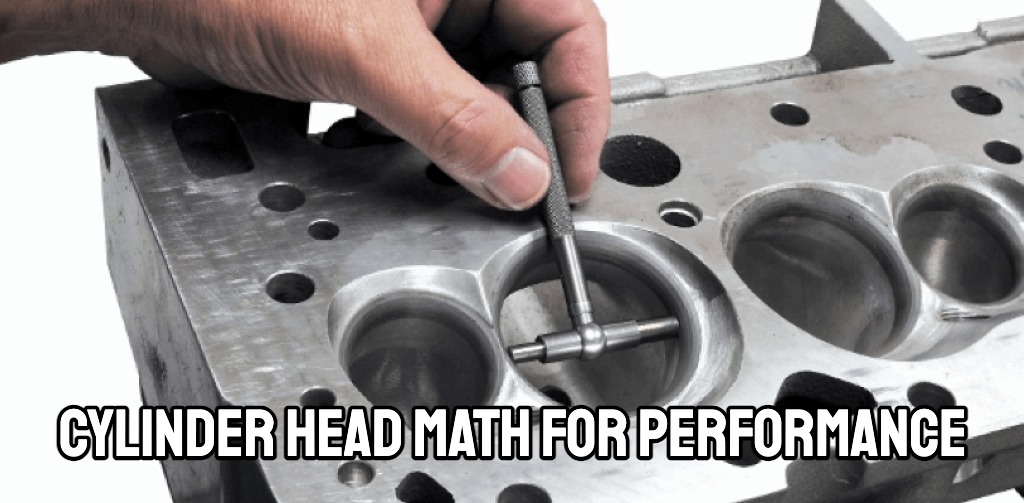I frequently get asked
"how do you select the correct port size and cylinder heads for any potential engine build"
well it certainly helps to do your research,
and the more you know the more likely you are to select the correct heads and matching components
and knowing exactly what your trying to accomplish and having a realistic budget helps
obviously you need to have some idea as to the engine displacement , compression ratio,
if the engine NA, (not having a power adder like nitrous, a super charger or running nitromethane fuel, etc.)
factors like running a turbo(s) or super charged and knowing the intended power & rpm range you expect to operate in.
have a huge effect on potential parts selection,
ask lots of questions, take notes and don't rely on a single info source exclusively
be realistic, factors like a restrictive exhaust,
behind those killer headers can cost you a huge amount of power
a street driven cars engine will operate the vast majority of the time in the 1500 rpm-5000 rpm power band,
be realistic,
if you build the engine to operate efficiently in the 5000rpm-7000rpm power band,
it will generally not be fun to drive on the street.
and remember the other factors like
cam lobe design, cam lobe duration, header design, compression ratio, displacement,
drive train gearing, car weight , or less than ideal cylinder heads,
all effect the potential power and ability to get the power transferred to the street to maximize the acceleration.
you'll generally be better off designing the engine and drive train gearing,
for max durability and efficient use of a wide torque curve in a useable power band.
ideal port size can, and should vary a great deal, depending on other parts selected.
USE THE CALCULATORS to match port size to intended rpm levels... but keep in mind valve lift and port flow limitations[/color]
http://www.wallaceracing.com/runnertorquecalc.php
http://www.wallaceracing.com/ca-calc.php
http://www.wallaceracing.com/area-under-curve.php
http://www.wallaceracing.com/chokepoint.php
http://www.wallaceracing.com/header_length.php
 users.erols.com
users.erols.com
 users.erols.com
users.erols.com
 users.erols.com
users.erols.com
 users.erols.com
users.erols.com
"how do you select the correct port size and cylinder heads for any potential engine build"
well it certainly helps to do your research,
and the more you know the more likely you are to select the correct heads and matching components
and knowing exactly what your trying to accomplish and having a realistic budget helps
obviously you need to have some idea as to the engine displacement , compression ratio,
if the engine NA, (not having a power adder like nitrous, a super charger or running nitromethane fuel, etc.)
factors like running a turbo(s) or super charged and knowing the intended power & rpm range you expect to operate in.
have a huge effect on potential parts selection,
ask lots of questions, take notes and don't rely on a single info source exclusively
be realistic, factors like a restrictive exhaust,
behind those killer headers can cost you a huge amount of power
a street driven cars engine will operate the vast majority of the time in the 1500 rpm-5000 rpm power band,
be realistic,
if you build the engine to operate efficiently in the 5000rpm-7000rpm power band,
it will generally not be fun to drive on the street.
and remember the other factors like
cam lobe design, cam lobe duration, header design, compression ratio, displacement,
drive train gearing, car weight , or less than ideal cylinder heads,
all effect the potential power and ability to get the power transferred to the street to maximize the acceleration.
you'll generally be better off designing the engine and drive train gearing,
for max durability and efficient use of a wide torque curve in a useable power band.
ideal port size can, and should vary a great deal, depending on other parts selected.
USE THE CALCULATORS to match port size to intended rpm levels... but keep in mind valve lift and port flow limitations[/color]
http://www.wallaceracing.com/runnertorquecalc.php
http://www.wallaceracing.com/ca-calc.php
http://www.wallaceracing.com/area-under-curve.php
http://www.wallaceracing.com/chokepoint.php
http://www.wallaceracing.com/header_length.php
Stan Weiss' - Interactive JavaScript to Estimate Intake Airflow needed from Horse Power wanted
JavaScript Calculators designed for the auto enthusiast. Which will do math for YOU. Interactive JavaScript to Estimate Intake Airflow needed from Horse Power wanted
 users.erols.com
users.erols.com
Stan Weiss' - Interactive JavaScript to Estimate Horsepower from Intake Airflow
JavaScript Calculators designed for the auto enthusiast. Which will do math for YOU. Interactive JavaScript to Estimate Horsepower from Intake Airflow
 users.erols.com
users.erols.com
Stan Weiss' - Automotive Performance Software / Interactive JavaScript to Calculate Port FPS / CFM / CSA
JavaScript Calculators designed for the auto enthusiast. Which will do math for YOU. Interactive JavaScript to Calculate Port CSA / CFM / CSA
 users.erols.com
users.erols.com
Stan Weiss' - Automotive Performance Software / Interactive JavaScript to Calculate an Engine's Port Limiting Velocity
JavaScript Calculators designed for the auto enthusiast. Which will do math for YOU. Interactive JavaScript to Calculate an Engine's Port Limiting Velocity
 users.erols.com
users.erols.com
tumble and swirl, quench & squish
This is interesting :like: I have read (on forums...) that there can be too high squish velocity when engines are under high boost. NA engines not so sensitive i think? But if super much squish was of benefit, then would all engine makers already have it?
garage.grumpysperformance.com
Last edited:






